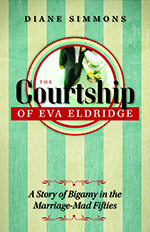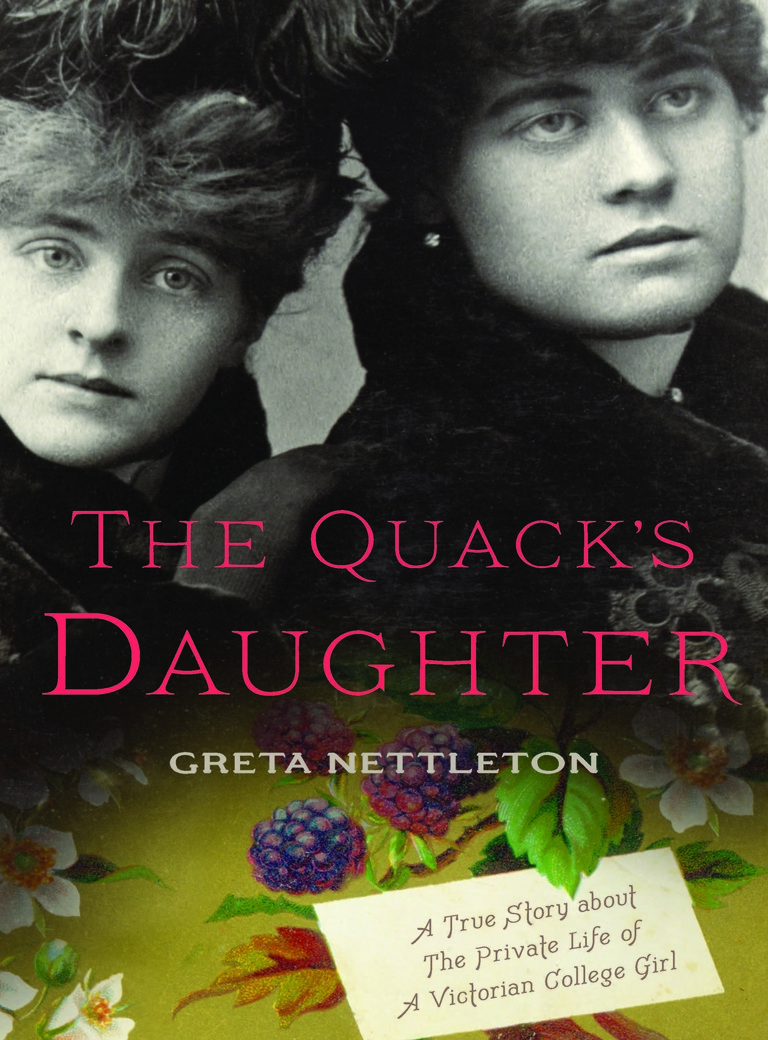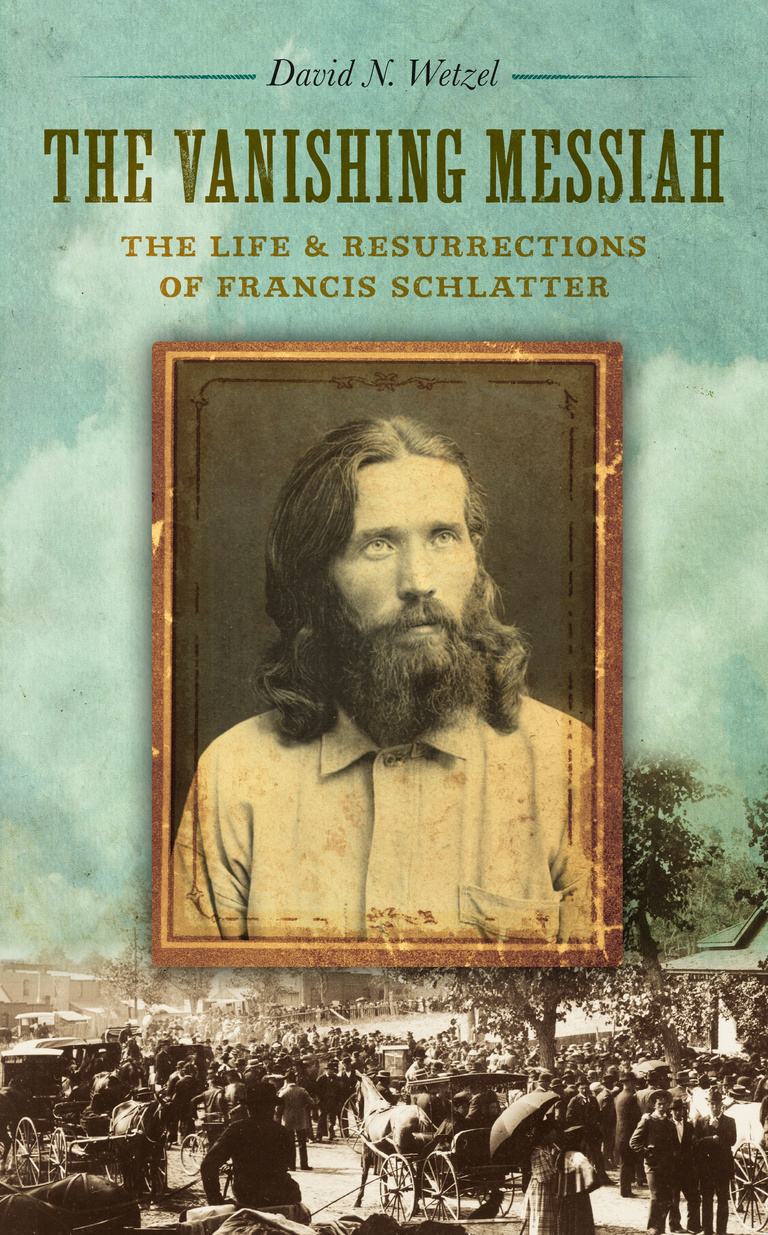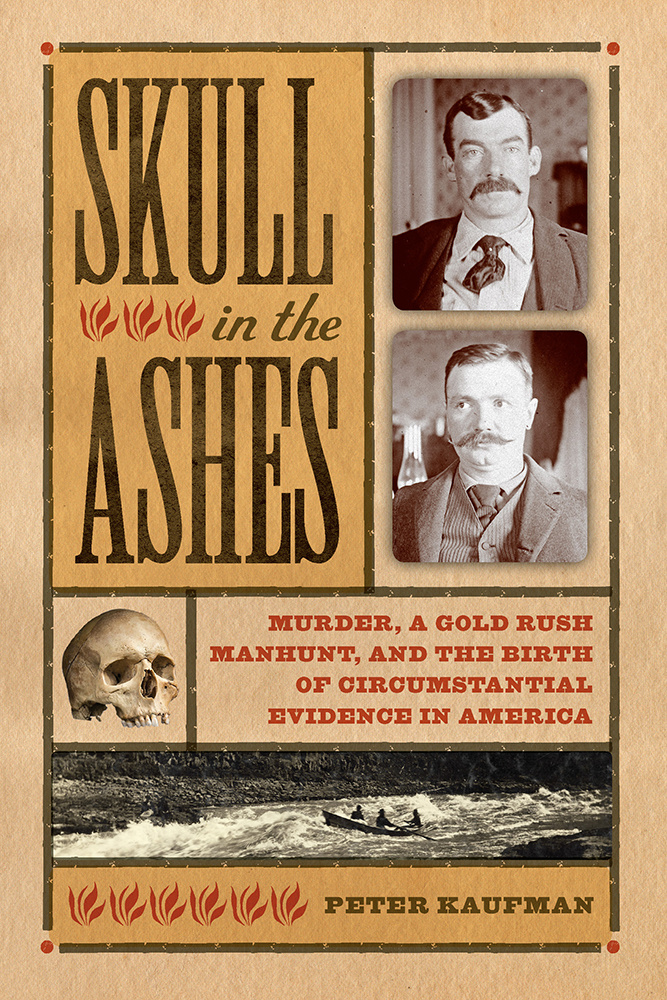Everyone got married in the 1950s, then moved to the suburbs to have the children of the soon-to-be-famous baby boom. For Americans who had survived the Great Depression and World War II, prosperous married life was a triumph. The unwed were objects of pity, scorn, even suspicion. And so in the 1950s, Eva Eldridge, no longer so young and marginally employed, was the perfect target for handsome Vick, who promised everything: storybook romance, marital respectability, and the lively social life she loved. When he disappeared not long after their honeymoon, she was devastated.
Eva hadn’t always been so vulnerable. Growing up pretty and popular in rural Oregon, she expected to marry young and live a life much like that of her parents, farming and rearing children. But then the United States threw its weight into World War II and as men headed to battle, the government started recruiting women to work in their places. Eva, like many other young women, found that life in the city with plenty of money, personal freedom, and lots of soldiers and sailors eager to pay court was more exhilarating than life down on the farm. After the war, she was ambivalent about getting married and settling down—at least until Vick arrived.
Refusing to believe her brand-new husband had abandoned her, Eva set about tracking down a man who, she now believed, was more damaged by wartime trauma than she had known. But instead of a wounded hero, she found a long string of women much like herself—hard-working, intelligent women who had loved and married Vick and now had no idea where—or even who—he was.
Drawing on a trove of some eight hundred letters and papers, Diane Simmons tells the story of Eva’s poignant struggle to get her dream husband back, as well as the stories of the women who had stood at the altar with Vick before and after her. Eva’s remarkable life illuminates women’s struggle for happiness at a time when marriage—and the perfect husband—meant everything.
“The Courtship of Eva Eldridge is both a riveting narrative of detection and a moving story about individual lives caught up in the changing gender roles generated by World War II. Diane Simmons employs dogged research, smart analysis, existing scholarship, and lively prose to create a history that is hard to put down.”—Susan Hartmann, author, The Home Front and Beyond: American Women in the 1940s
“Diane Simmons has brilliantly used a collection of never-before-seen World War II letters to tell a story that has all the twists of a true crime novel. At its heart, this is a poignant, extraordinary tale of a woman who married a man with a secret and a troubling past.”—Andrew Carroll, editor, War Letters: Extraordinary Correspondence from American Wars, a New York Times bestseller
“The writing is vivid and tight, with a touch of American noir reminiscent of Raymond Chandler and Joan Didion. Simmons's writing brings to life the dark side of a country trying to move on in the wake of war. She blends history and her won detective work to tell a story of betrayal and shattered dreams.”—Peter Chilson, author, Disturbance-Loving Species: A Novella and Stories



